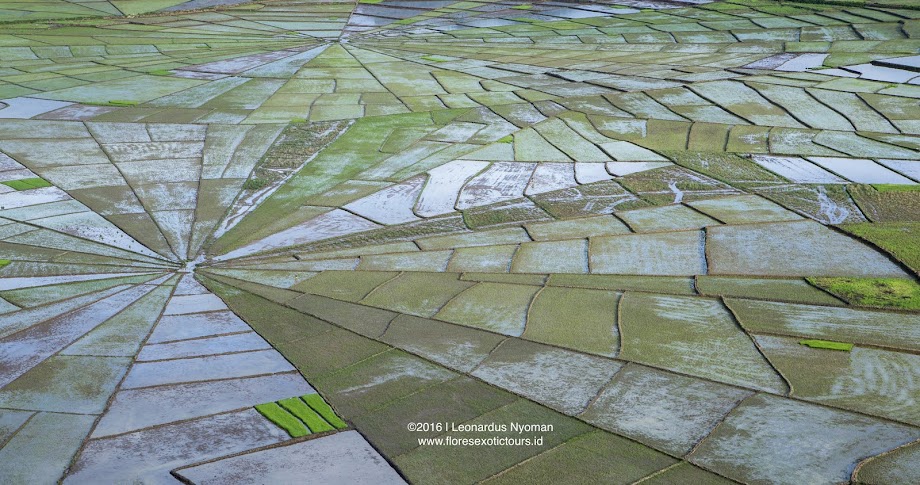The Lamaholot people live in Eastern Flores in an area reaching from the mainland of the Flores Timur district to the islands of Solor, Adonara, and Lembata. Lamaholot is more of a language than an ethnic group. The linguistic boundaries do not exactly correspond to the political borders, and the Lamaholot people do not consider themselves to be a cultural unity. However, the name ‘Lamaholot’ has been recently applied to the ethnic group as they share many common cultural elements – e.g. the widespread practice of the use of elephant tusks as a part of marriage prestige.
Another widely shared element of Lamaholot culture used to be its distinct system of ritual leadership, where four ritual leaders also shared governing power: the kepala koten (kepala means ‘head’ in Indonesian) was in control of internal village affairs. The kepala kelen took care of the external affairs. The other two positions, hurit (also hurin or hurint ) and marang, had advisory functions, while other influential village elders ensured that none of these leaders got too powerful.
As is common place in many parts of Eastern Indonesia, the Lamaholot people also used to recognize a double-gendered divine being, consisting of ‘Lera Wulan’ (sun-moon) and its female complement, ‘Tana Ekan’. Nowadays, the male Lera Wulan is associated with the Christian or Muslim notion of God. According to the traditional Lamaholot belief system, lesser spirits, called nitu, inhabit treetops, large stones, springs, and holes in the ground. Also worthy of mentioned are Ile Woka, the god of the mountains, and Hari Botan, the god of the sea.
Besides prominent ceremonies and festivals associated with house building, agricultural happenings, and other events, the Lamaholot people also hold celebrations on the beach in connection with the beginning of the annual fishing cycle. (source:www.florestourism.com)
